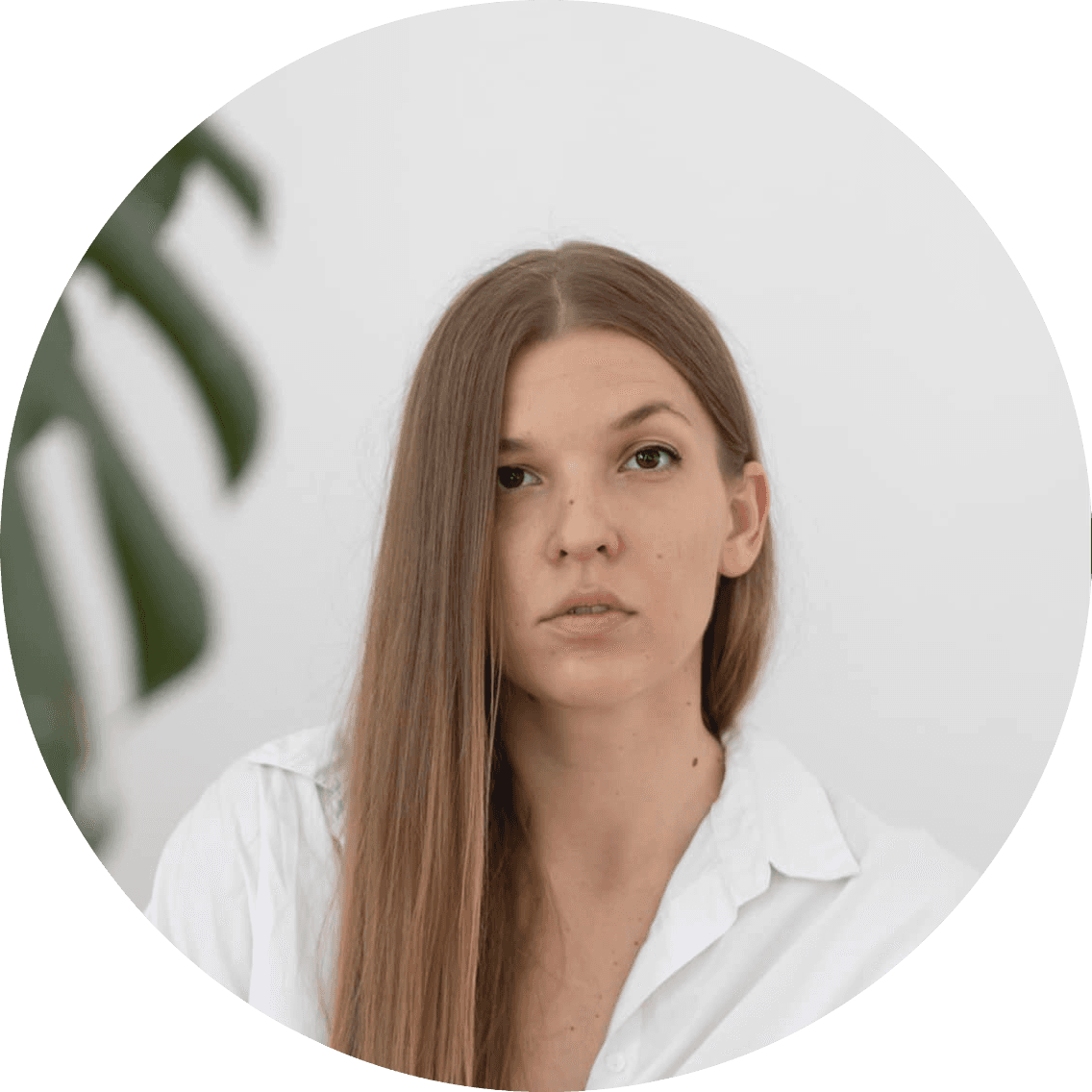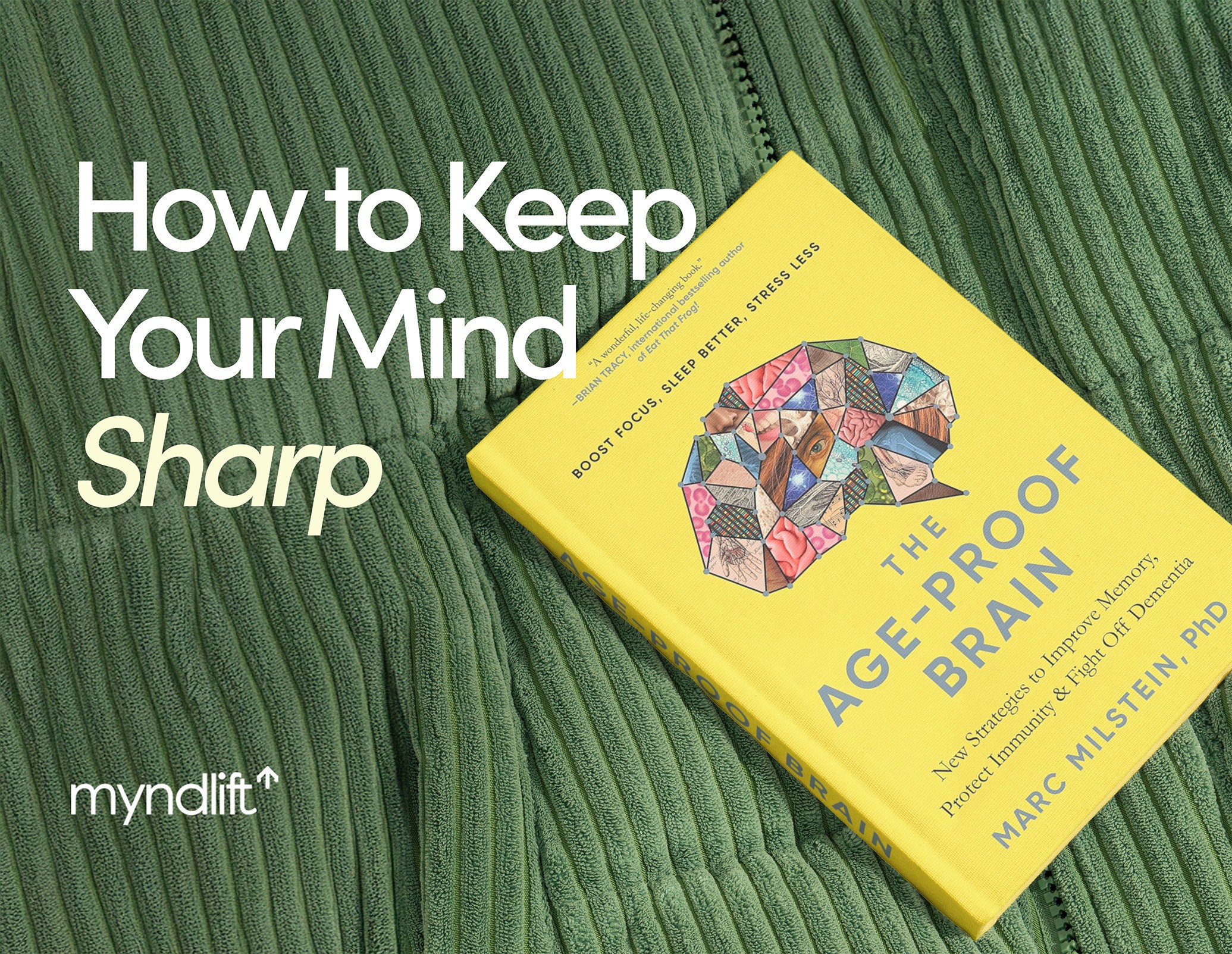EEG neurofeedback has been applied to substance use disorders for over 30 years, demonstrating promising results in well-controlled intervention studies, such as good adherence, reduced addiction severity, and psychosocial benefits, even in patients with severe substance abuse. For example, temptation and craving of drugs have been shown to decrease following neurofeedback training in patients addicted to cocaine (Horrel et al., 2010) or alcohol (Peniston & Kulkosky, 1991).
The Neural Imbalance:
Altered EEG patterns in individuals with substance use disorders depend on several factors, such as the type of substance or duration of use (Sokhadze et al., 2008). For example, in patients with alcohol use disorder, most studies report EEG alterations in the beta and/or alpha bands (Bauer, 2001; Costa & Bauer, 1997; Ehlers & Philips, 2007; Rangaswamy et al., 2004; Finn & Justus, 1999), while several studies (Andriot et al., 2022; Struve et al., 1999, 2003) found a significant association between chronic marijuana use and a persistent “alpha hyperfrontality” (i.e., elevations of alpha absolute power, relative power, and interhemispheric coherence over frontal cortex).
The Protocol:
The Peniston protocol (or alpha-theta training) is the classical neurofeedback protocol for substance use disorders (Peniston & Kulkosky, 1989; Peniston & Kulkosky, 1990). It measures EEG activity in an eyes-closed resting condition while clients aim to increase parietal alpha (8-12 Hz) and theta (4-7 Hz) which are associated with a relaxed state, thereby reducing EEG hyperarousal and augmenting coping skills.
The Peniston protocol has been supplemented with initial sessions that aim to enhance central sensorimotor rhythm (SMR; 12-15 Hz), called the Scott-Kaiser modification. This composite protocol has been efficacious in individuals with polydrug abuse and high levels of impulsivity (Scott & Kaiser, 1998; Scott & Kaiser, 2005).
Given variation in type, duration, and severity of substance use, a neurofeedback protocol personalized for the observed brain activity has been advocated (Sokhadze et al., 2008).
The Evidence:
A recent review (Schmidt et al., 2017) identified seven EEG neurofeedback clinical intervention trials in substance use disorders since 2010, including four randomized controlled trials (RCTs). Across all seven studies, substances used included opiates (Dehghani-Arani et al., 2010; Dehghani-Arani et al., 2013), stimulants like cocaine and methamphetamine (Hashemian, 2015; Horrel et al., 2010; Rostami & Dehghani-Arani, 2015), alcohol (Lackner et al., 2015), as well as mixed substances and polydrugs (Keith et al., 2015).
Sample sizes ranged from 10-100, and the number of neurofeedback sessions varied from 10-30. Neurofeedback protocols were mainly the Peniston protocol (some with adjustments) and Scott-Kaiser modification. In all studies, neurofeedback supplemented other interventions (e.g., pharmacotherapy, and psychosocial treatment like cognitive behavioral therapy [CBT]).
The studies reported positive addiction-related outcomes, especially reductions of addiction severity and craving. There were also global psychological and health improvements in most studies.
References
A PDF containing the above neurofeedback research summaries and a categorized reference list is embedded here, providing readers with easy access to view or download the information needed to locate any cited source.
About the author:
Dubravka Rebic
Dubravka Rebic puts a lot of time and energy into researching and writing in order to help create awareness and positive change in the mental health space. From poring over scientific studies to reading entire books in order to write a single content piece, she puts in the hard work to ensure her content is of the highest quality and provides maximum value.
About the checker:
Carola Tuerk, Ph.D.
Carola is a cognitive neuroscientist and a scientific consultant for Myndlift. In her research, she is particularly interested in how early life experiences shape brain development and mental health with a particular focus on children. She has obtained a BSc in psychology, an MSc in neuroscience, and a PhD in cognitive neuroscience and is passionate about brain health. In her free time, Carola likes to exercise or play music to relax.




